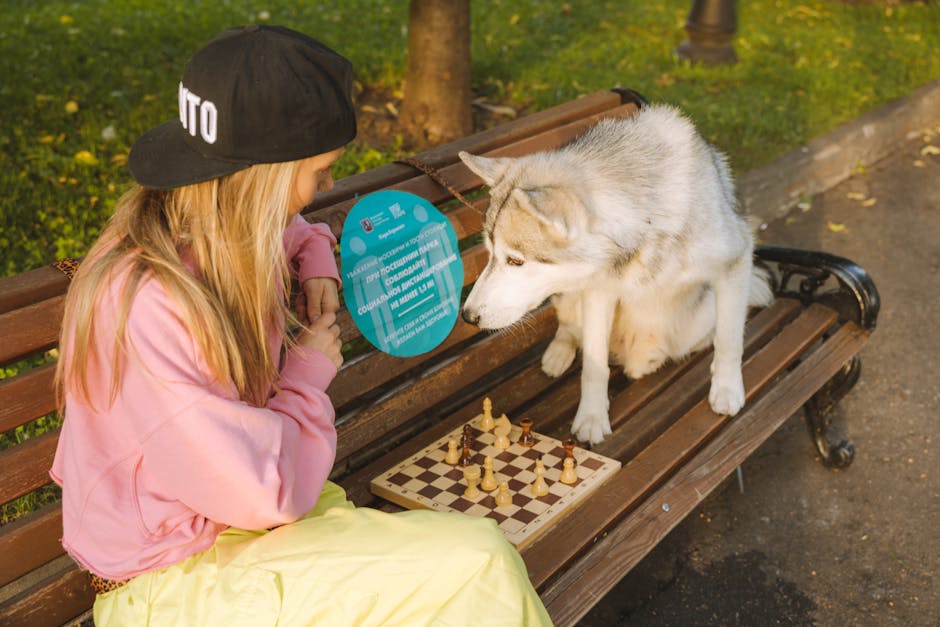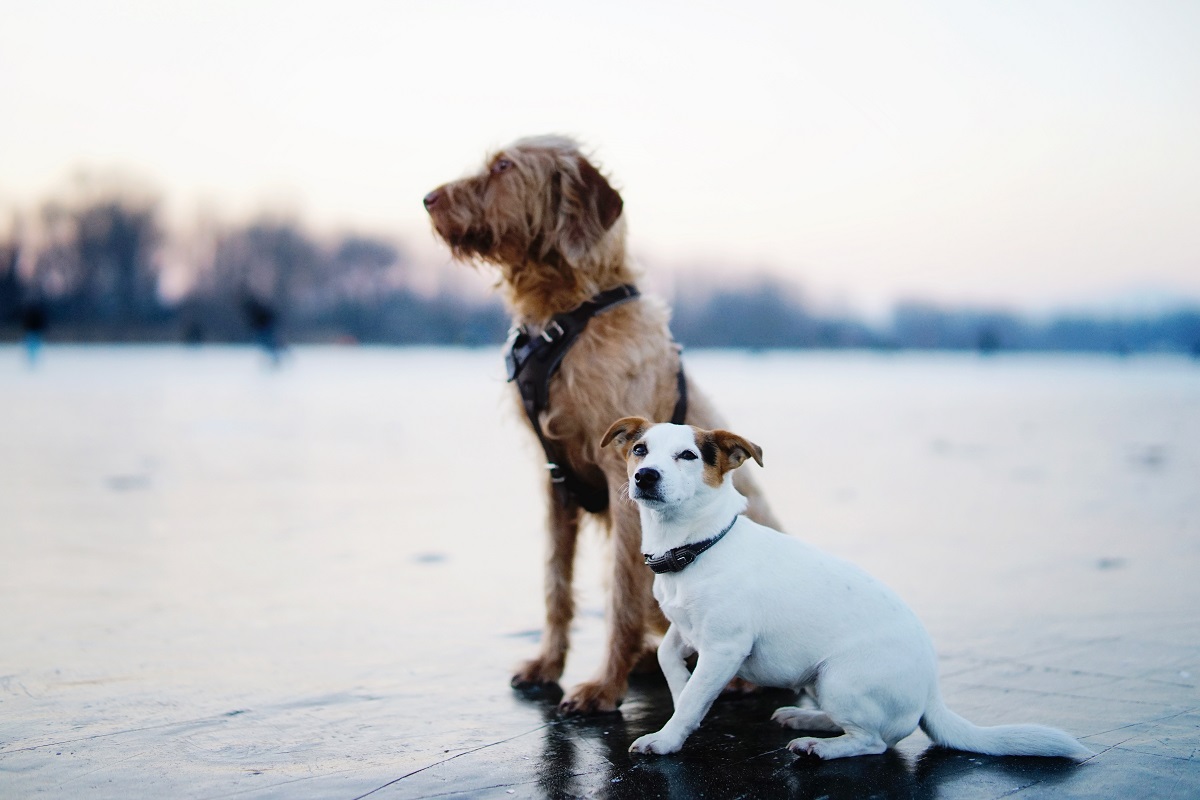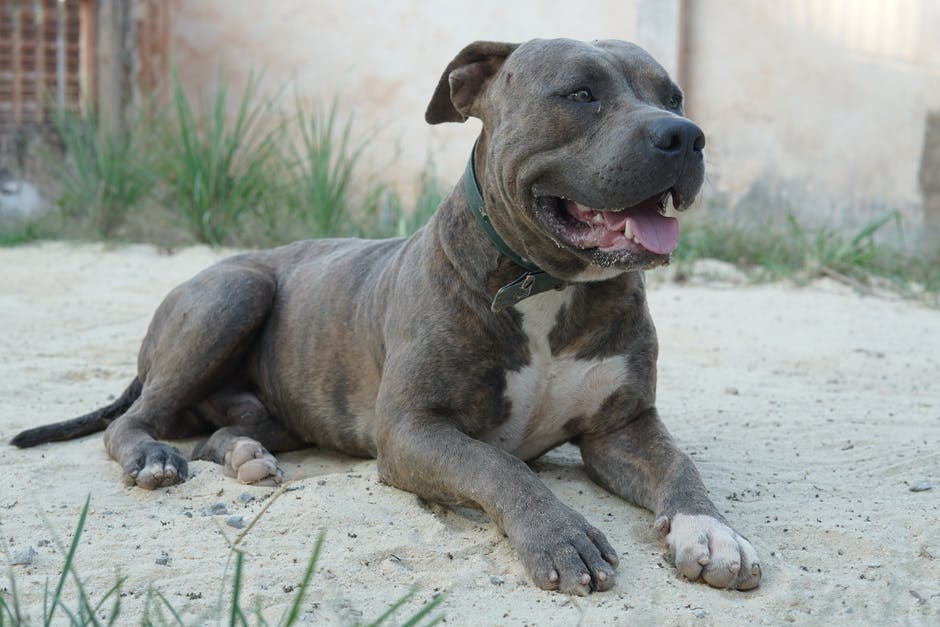Watch your dog for signs of whining

There are several things that you can watch out for when your dog is crying or complaining. You should be prepared to recognize these behaviors, as well as know what causes them.
If your dog is complaining about something you’re doing (e.g., being fed), this could either be because they aren’t having enough or because it is too much. It is also possible that they are trying to warn you about something.
For example, if your dog is hungry and starts barking in response to other people or pets, this may be due to their sudden awareness that they are not eating enough. This also applies to dogs who have pain anywhere in their body, whether from an injury or chronic condition.
The way to identify which behavior is causing your pet concern is by watching how they respond to your actions and whether those reactions change over time. For instance, if they always whine when left home alone, but never do while they are with you, this might indicate they are lonely when you are not there.
In such cases, spending more time with your pets would probably help solve the problem. However, if they only complain under certain conditions, then seeking aid from another party could make matters worse.
Consider taking notes about where they often need attention and when they show any symptoms. Then talk to your veterinarian or veterinary expert to see if anything matches up.
He or she will then give you a better
Give your dog pointers for making good behavior

There’s a reason that dogs whine when they are uncomfortable, angry, or in pain. Just like humans, dogs have feelings. And just like people, dogs can be left feeling unguided, unclear about what to do and how to respond.
When a dog is worried, anxious, or frustrated there are few things it can do at this stage. It can cry; it can cling to someone; or it can become aggressive or violent.
By providing an outlet for its issues through whining, it has a better chance of resolving the issue it is experiencing.
If you notice your dog whining often, then perhaps consider these tips for addressing the whining. You may also want to keep reading to see why training methods typically result in reduced whiniing.
Pay attention to the reasons your dog whines
Most dogs whine for one or two reasons. You may notice your dog whining when it is unhappy, such as when it’s being left home alone or when it doesn’t get to have its way in things.
You may also notice it whining because it isn’t getting enough attention or can’t have what it wants. For example, you may find that your puppy constantly cries for his mother.
Also Read – 5 Reasons Why Dogs Whine
There are many causes of pet frustration. And rather than addressing the problem, we often try to avoid the cause. For instance, if your dog is crying because it’s lonely, then consider investing in some dog friends or socialization lessons.
Tell your dog to “ sit, stay, and watch”

Whenever you ask your dog to do something, even if it’s only asking them to be still for a moment, is called training.
When you say “sit,” you are trying to train your dog to sit. You can also give your dog an opportunity to learn how to wait to be let back up. This may help him or her maintain posture throughout a behavior.
The trick to training is to start with a lower distraction level and work up to more complex tasks. Ask your dog to walk, play dead, touch their butt, then try sitting again.
If getting your dog to sit makes it difficult for him or her to keep attention on you, try making a joke out of it. Say things like, “ why don’t we just go around this way?” or “ hehe, lucky ducky!” Make sure that you aren’t sneaking treats into your pocket to give to your dog.
He might pick his nose while you’re sneakedancing him. For obvious reasons, this game works better in the house.
Consider investing in a pair of comfy chairs for these sessions. They offer comfort, but they also provide much needed breaks for both you and your dog.
Reward your dog with treats when he or she does what you tell them to

Do you sometimes find that your dogs expect an undeserved reward every time they do something? You may have noticed this especially with young children where manipulation is common.
This also applies to well-behaved dogs who repeat actions without expecting any sort of reward. Dogs will try things, succeed, and then expect a treat after completing a task but fail to get one because they don’t know how to handle being denied rewards.
The simplest way to avoid this problem is by not giving your dog any food for performing activities outside of meals. However, this can be hard to implement as people tend to offer “rewards” such as attention or playing, which can ultimately lead to overtraining.
In these situations are, it is best to give your dog no choice in the matter. If you force him to sit at someone’s request, let him finish the job before offering him petting or even meal time.
He will soon learn that sitting is more rewarding than walking. Alternatively, you could put his ball away and take it out later once he has been restrained long enough.
Be consistent

Now, I know what you’re thinking – “Hey, it’s all well and good to be strict with dogs, but how do I actually do it?”
Well, before you can teach your dog anything, you have to realize that this is a relationship started with love. You are the leader, the maker of rules, and the one who provides guidance.
You want your commands to be heard and respected; therefore, they need to be practiced often and taught in a way that is clear and simple.
When we yell command our dogs are supposed to respond instantly because they are young. When we punish them with whining or yelping, there is no control over their response.
It looks like chaos when we try to train them, especially since they are little kids trying to keep up. They understand why they did something so they don’t question it, only obey.
If we make training sessions short, they will learn more quickly. We also need to make sure that there is reward for obeying each command. If we use food, they will remember that obedience is tasty and enjoyable, which will help them respect us more.
We also need to be firm and tell them what to do. Tell them to sit down and let them know that if they disobey, then they must leave the room. Make sure that they understand that leaving the room is not a fun thing
Provide motivation
One of the biggest reasons that people get frustrated with dog whining is because they don’t know what causes it. If you learn how your dog communicates, you can better manage his behavior.
For instance, many dogs whine when left in a car for any length of time. But if you know that he typically whines when he’s alone or when someone enters the room where he’s spending time, you may be able to motivate him to stop.
You could try giving him treats before going to bed or distracting him during times like brushing his teeth or putting on socks. However, this depends on both his personality and what kind of training you want to do.
If food is used as a reward, then feeding time becomes more fun. You can give him a treat after each lesson or practice, or make meal time an incentive to go outside and play.
Set limits
Sometimes dogs whine because they are frustrated or sad. If your dog is whining due to frustration, then you want to make sure that their needs get met first before they express themselves through whiny comments.
If your dog is crying because her paw got crushed in one of your videos, don’t tell her she can only cry if she doesn’t have tears. She will then continue to be frustrated until she gets what she wants- either tears or a tantrum.
In fact, it’s best to give up trying to stop a dog from feeling like they need to cry. It only makes them feel worse and sucks away energy that could otherwise be spent doing something fun.
Instead, provide these animals with things that satisfy their needs and leave emotional expression free flowing. By doing this, not only does stress decrease, but so do emotions such as anger and resentment.
Be consistent

Dogs respond to two types of signals; verbal commands and physical cues.
Verbal commands are what we call “pet speech”, so they include things like asking questions with words or simply calling out your dog’s name. With these forms of communication, you can instruct your dog to come back to you, ask it to do something, or tell it how much you love it.
Be honest about how you feel when you’re around your dogs. If you plead for their forgiveness, then they will learn that you treat them with respect and fairness.
If you give out harsh orders, then your dogs will try to get under your skin by begging continuously. They will also have problems trusting people after they were mistreated by you.
So how do you manage a whining dog? You need to understand why it is acting this way. Is its crying session provoked or spontaneous? Can you solve the problem yourself without getting angry?
It may help to remind yourself that your dog is another person’s pet and that your job as a owner is to take care of him.
You can fix situations where the dog is being too aggressive by removing the source of the aggression. If you cannot resolve the issue, then you must realize that some places are not safe for your dog.






